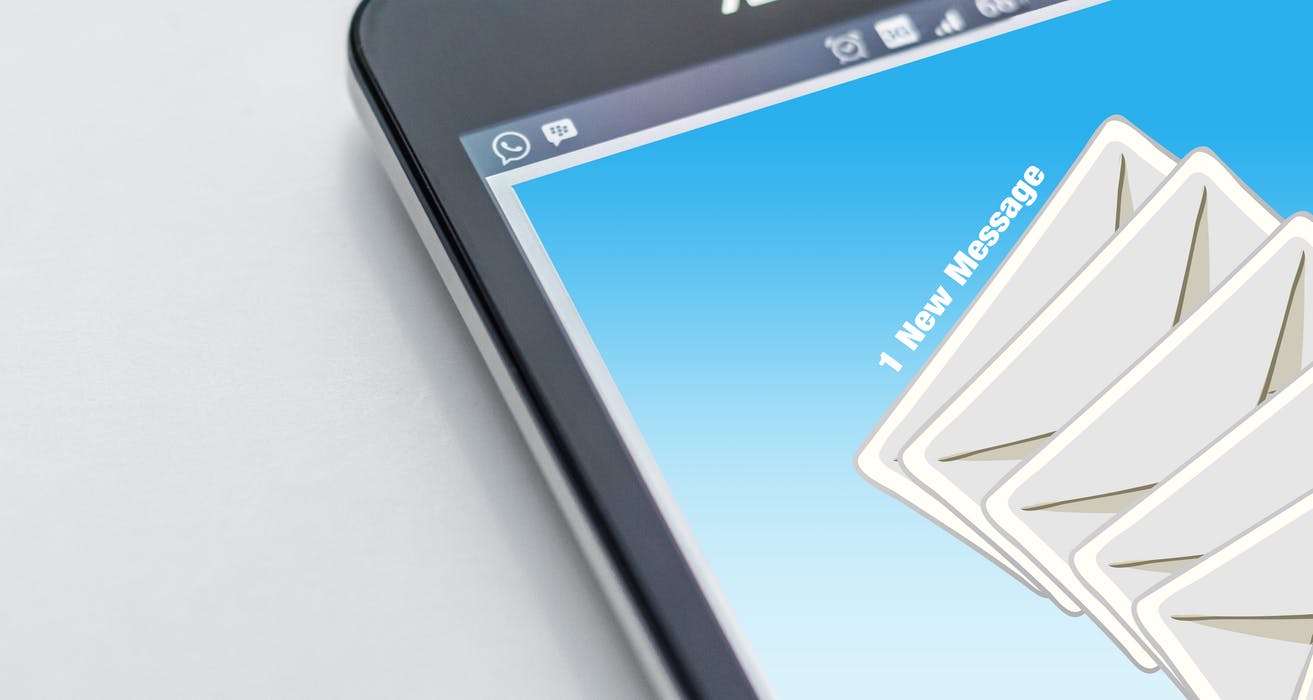
Many of us in the nonprofit industry rely on email to correspond with donors and prospects, whether it’s asking for a gift, reminding them about an upcoming event or thanking them for a donation. If your response and click-through rates are not where you would like them to be, it may be time to rethink your nonprofit email marketing campaign and try some new tactics.
- Cookie-cutter emails don’t work. Although it may be easy, it’s important that you find ways to segment your donors and that you target emails specifically to those segments. You can do this in a variety of ways, and software like a constituent relationship management (CRM) system makes it simple. Send an email to donors who haven’t given in a specific amount of time, who attended your last event, who give monthly, who gave substantial gifts, who are within a specific demographic, etc. Research shows that segmented emails are more successful than non-targeted ones. Let’s take a look at the stats: According to the Lyris Annual Email Optimizer Report, 39 percent of marketers who segmented their email lists saw higher open rates. Research done by HubSpot discovered that targeted emails saw an eight percent click-through rate compared to the three percent rate of generic emails.
- Catchy subject lines are key. Would you open an email with a headline that said something to the effect of, “Monthly Donation Request”? We didn’t think so, we wouldn’t
either. According to the 2012 eNonprofits Benchmark Study, only 12 percent of emails sent by nonprofits are even opened. You want your emails to be part of that 12 percent. Wired Impact recommends not exceeding 50 characters in your email subject line. Take your time when coming up with email headlines. Find a catchy, short and direct way to get your message across to your readers so that they’ll want to open the email to read further. - Short paragraphs do the job best. Use short and sweet paragraphs to tell your story. Whether it’s an appeal or a thank-you, you want to get your message across to your readers as fast as possible so that they’re not tempted to delete the email halfway through your 200-word first paragraph. Use the first paragraph to summarize everything that the rest of the email will discuss so that they get all of the most pertinent information right away. Use the paragraphs that follow to pull at the heartstrings of the readers by storytelling—tell them about the appeal, explain where the money is going and insert photos. Your donors want to know how their gifts will be used, but they don’t want to spend hours reading about it.
- Identify a specific call-to-action. The point of your email is to ask for a gift, right? So ask! It’s important not to tip-toe around the issue, but to be open and honest with your donors and make the appeal. Explain where the funds will go, tell them your goal and express how important their donation is to the mission. Make sure that you also provide easy access to a donation page via a link or button directly in the email.
What are some tips and tricks that you use in your nonprofit email campaigns?
